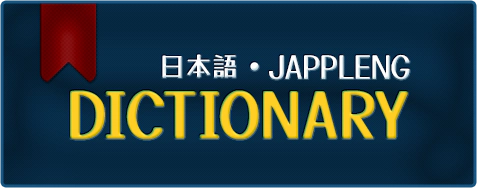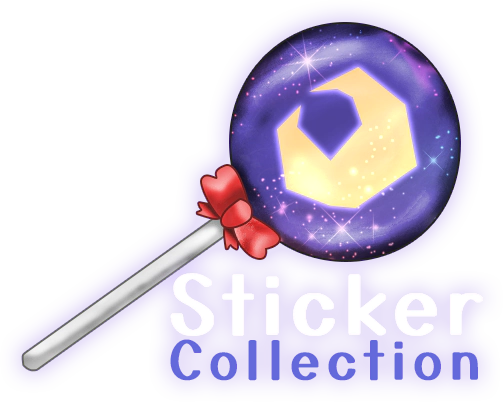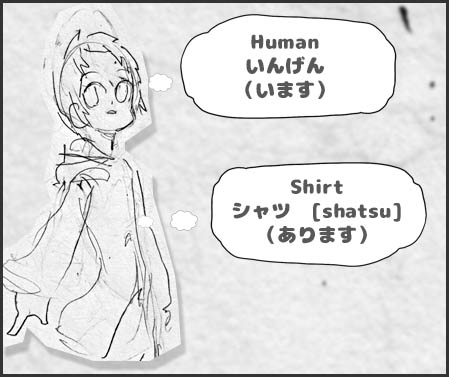In order to express the existence of anything we must be able to
denote it. Often times Imasu and Arimasu can be used but please
kindly note that there are other methods as well which we will
introduce in more advanced lessons. はじめましょう!
Imasu is best described when referring to something that is living
and animated. Arimasu is used when something that is non-living
such as a book or a dead person. Both are verbs meaning "to be".
Both あります・います are positive-present tense verbs and we will be
learning more about verbs in Chapter 2 lesson 18. For now, let's
take a look at the following table and understand the differences
between います・あります。
Examples:
| Word |
います・あります |
| ねこ |
います |
| いぬ |
います |
| せんせい |
います |
| かせ |
あります |
| いす (chair) |
あります |
| くるま |
います ・ あります |
| ロボット(robotto / robot) |
います ・ あります |
| 木 (き / tree) |
あります |
Did you understand the difference? Perhaps it was not-so-clear when
Cars, Robots and Trees were introduced. Trees may be living,
however they do not move while robots may not be living but they
may move on their own however it also depends in what context. In
most cases, います and あります are easily recognizable but in some
instances, it may become challenging to know what to use. Cars may
use either but it is more common to use あります than います. While there
isn’t a clear-cut definition of either usage at times, it should be
fairly simple to recognize the exceptions over time.
On Your Own
Now it’s your turn to determine whether
something is
いますor
あります
| Word |
います・あります |
| ドア (doa / door) |
|
| ねこ |
|
| おさら (plate) |
|
| まど (window) |
|
| くま(bear) |
|
| ロボット(robotto / robot) |
|
| つくえ (desk) |
|
| せんせい |
|
| くるま |
|
| うし (cow) |
|
| うま (horse) |
|
It looks like you’ve got the hang of this and now we’re going to
put your new knowledge to good use. Let’s say for illustrative
purposes, you are pointing at various objects and want to name what
they are. Simple! Just start with the object in question, followed
by the particle が and ending with either います or あります。
Example 1: Japanese:
ねこがいます。
Translation:
There is a cat.
Example 2: Japanese:
つこえがあります。
Translation:
There is a desk.

Practice the following by writing down the full statement (object +
ga + imasu/arimasu):
| Word |
います・あります |
| ドア (doa / door) |
|
| かぎ |
|
| ねこ |
|
| まど (window) |
|
| くま(bear) |
|
| ロボット(robotto / robot) |
|
| つくえ (desk) |
|
| せんせい |
|
| くるま |
|
| うし (cow) |
|
| うま (horse) |
|
If you want to address that the object is also in existence, then
utilizing the particle も at the right moment is what will make the
difference between “There is a cat” and “There is also a cat”.
There is a cat:
ねこがいます。
There is also a cat:
ねこもいます。
There is a window:
までがあります。
There is also a window:
までもあります。
We all like something but to stating it in Japanese is incredibly
simple. Let's look at our first example:
Friend: I like apples. /
わたしはりんごがすきです。
You: I like apples too. /
わたしもりんごがすきです。
This is the most complex sentence we’ve created so far however it’s
not entirely difficult with practice. Before we proceed, please
remember that when わ is used as a particle such as the example
above, it becomes は but is pronounced as “wa” despite it appearing
as “ha”.
Let’s now break down the example
わたし (I / Person in question)
は (topic marker)
りんご (apple / object)
が (associative particle)
すき (like)
です (copula)
All that we did was replace は with も because も means too or
also.
If we were to simplify it even more, we are changing “I am” to “I
too” and when adding the Japanese word for like (すき) after the
topic marker が。
Practice with a partner
It’s now time to practice with
a partner by making a statement that
Partner A likes
something and
Partner B also likes it. Please
alternate at every turn. You may use any of the words previously
learned including new words included in this lesson. If you don’t
have a partner, ask in the
Jappleng Chat,
Club Jappleng or
J-Spot
social network, or perhaps find friends in the
Forums.
Format to use:
Person A: わたしは
_____ がすきです。
Person B: わたしも
_____がすきです。
Welcome to the world of
Katakana! No,
not
Katana which is a Japanese sword
but Katakana, the wonderful Japanese writing system used with
foreign words. When words are not native to Japanese, they are
usually written in Katakana. However, that is not always the case
as Katakana looks "cooler" to youth and is often used in logos,
company brands, anime titles, and much more. While it's not
necessarily wrong to write in Katakana, Hiragana is the preferred
method for Japanese words.
Let's begin by learning the vowels in Katakana.
| カタカナ |
ひらがな |
ア
|
あ |
イ
|
い |
ウ
|
う |
エ
|
え |
オ
|
お |
You may have noticed that katakana's writing style is a bit more
edgy than Hiragana. There are many more uses to Katakana than some
company names and foreign words. Katakana may also be used for
onomatopoeia and italicizing words or adding emphasis. Katakana may
be seen everywhere in Japan and it’s very important to master the
writing style. Let’s also learn a few more Katakana characters in
order to accelerate your introduction.
| カタカナ |
ひらがな |
| カ |
か |
キ
|
き |
ク
|
く |
ケ
|
け |
コ
|
こ |
Did you notice similarities between Katakana and Hiragana yet? Some
characters are very similar between the two; likewise, there are
katakana characters that look very similar to each other such as ク
and ケ. Be very careful and pay close attention to the subtle
differences between characters. Katakana also supports diagraphs
and diacritics. Let’s observe the first set for this lesson.
| Regular |
Dakuten |
| カ |
ガ |
| キ |
ギ |
| ク |
グ |
| ケ |
ゲ |
| コ |
ゴ |
We have learned a lot in today’s lesson but we’re only just
beginning. In the assignment you will be required to practice what
you have learned here not with just the words you already know but
with new words using both hiragana and katakana. In the next
lesson, we will be learning about the Negative tense which will
allow you to form questions, new statements, and give you the
ability to disagree.
You may also like to practice both your Hiragana and Katakana from
one of our many practice Games found on our website.
Click here to access them. 































